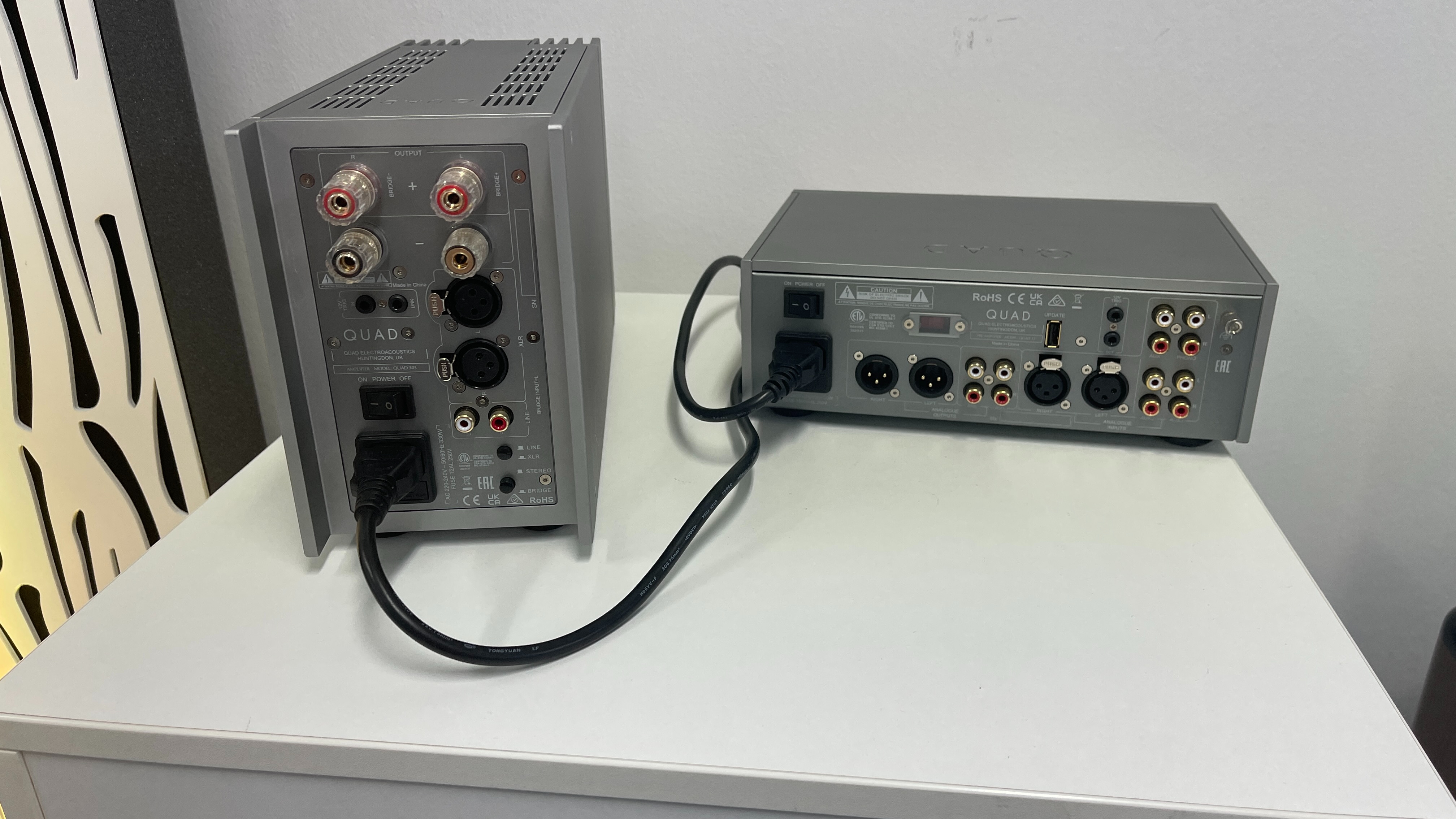
When digital audio came along in the early 80s, it was only a matter of time before its snowballing popularity would cause all manner of hi-fi components to integrate digital-to-analogue converters and offer digital connections. Before then, connecting up kit was relatively straightforward as far as choosing the connection path went: amplifiers would simply have an array of analogue line-level (and a phono) inputs to accommodate a turntable, CD player or cassette machine; perhaps there would be a pair of analogue balanced XLR inputs too in higher-end models.
Today, however, most offer such analogue inputs alongside digital ones – optical, coaxial and USB, for example. That goes for active speakers too. Likewise, DAC-integrating sources such as CD players and network streamers tend to offer both analogue and digital outputs, giving owners the option to use its integrated digital circuitry or bypass it to use, say, the amplifier’s instead.
It is, therefore, quite possible that you will have two or three DAC-toting components in your hi-fi system chain and so will have several options to connect all the parts together.
But which method should you choose? Should you, for example, put an RCA interconnect audio cable between your CD player’s analogue output and stereo amplifier’s analogue input? Or would an optical cable between your CD player’s digital optical output and amplifier’s digital optical input result in better performance?
Good ol' trial and error
As with a lot of things in hi-fi, there is no hard and fast rule here. In circumstances such as the example given above, clearly, you should employ the higher-performing DAC, whether that’s the one inside the amplifier or the CD player.
Sure, you can compare DAC chip specifications and read about them in hi-fi forums posts; but there’s more to DAC-stage designs than the silicone – their performance quality is affected by power and circuity around the chip too. Regardless, the best way to ascertain the better performer is to try both. Connect the analogue way first, listen to a bunch of music you know well, and then connect via the digital route and repeat that listening. You’ll sniff out the better DAC design in no time, or at least the one you prefer the sound of in your particular system. Simple, yes – but which digital connection should you use in this experiment?
Digital decision
Digital components are likely to offer at least a choice between coaxial and optical – so, again, which should you try? In an ideal world, both (sorry). They may both be fed by the same DAC module, but there is some disparity between the connectors and associated cables. (If you’re interested, we have a full rundown of optical vs coaxial vs HDMI for some light bedtime reading.)
You might be tempted to try the coaxial route as it looks as though you can use the same RCA cable you tried between the analogue sockets, right? Ideally, no. Coaxial and RCA cables certainly look similar – they are both terminated with circular RCA connectors, after all – and RCAs will often work between coaxial sockets, but as the two have different rated impedance values (50 ohms with analogue, 75 ohms with digital) you’re better off sticking to a coaxial interconnect that is properly constructed and shielded to carry digital audio with minimal electromagnetic leakage.
We would start with coaxial, particularly if you can’t be convinced to buy both types of digital cable for this experiment. If the analogue connection (digital source’s DAC employed) turns out to be notably better than the coaxial connection (amplifier’s DAC employed) in that initial shootout, it’is highly unlikely an optical connection will change that pecking order.
In our experience, we generally find coaxial connections sound better than optical ones. Despite coaxial cables carrying ground-level noise (something optical cables do not), they have greater bandwidth available and can support higher-quality audio up to 192kHz, compared to optical’s usual 96kHz.
These are recommendations based on our experience, but as is often the case when optimising your system’s performance, nothing beats DIY at-home experimentation. The increased choice hi-fi enthusiasts are given in the feature and connectivity departments nowadays is largely considered beneficial, but it does create more paths for them to tread to reach the best destination. That's just the way 'modern hi-fi' is.
MORE:
I’ve just listened to £250,000 worth of turntables and this is what I learned
3 rookie mistakes to avoid when buying speaker cables
Best audio cables 2024: our expert picks of quality interconnects







